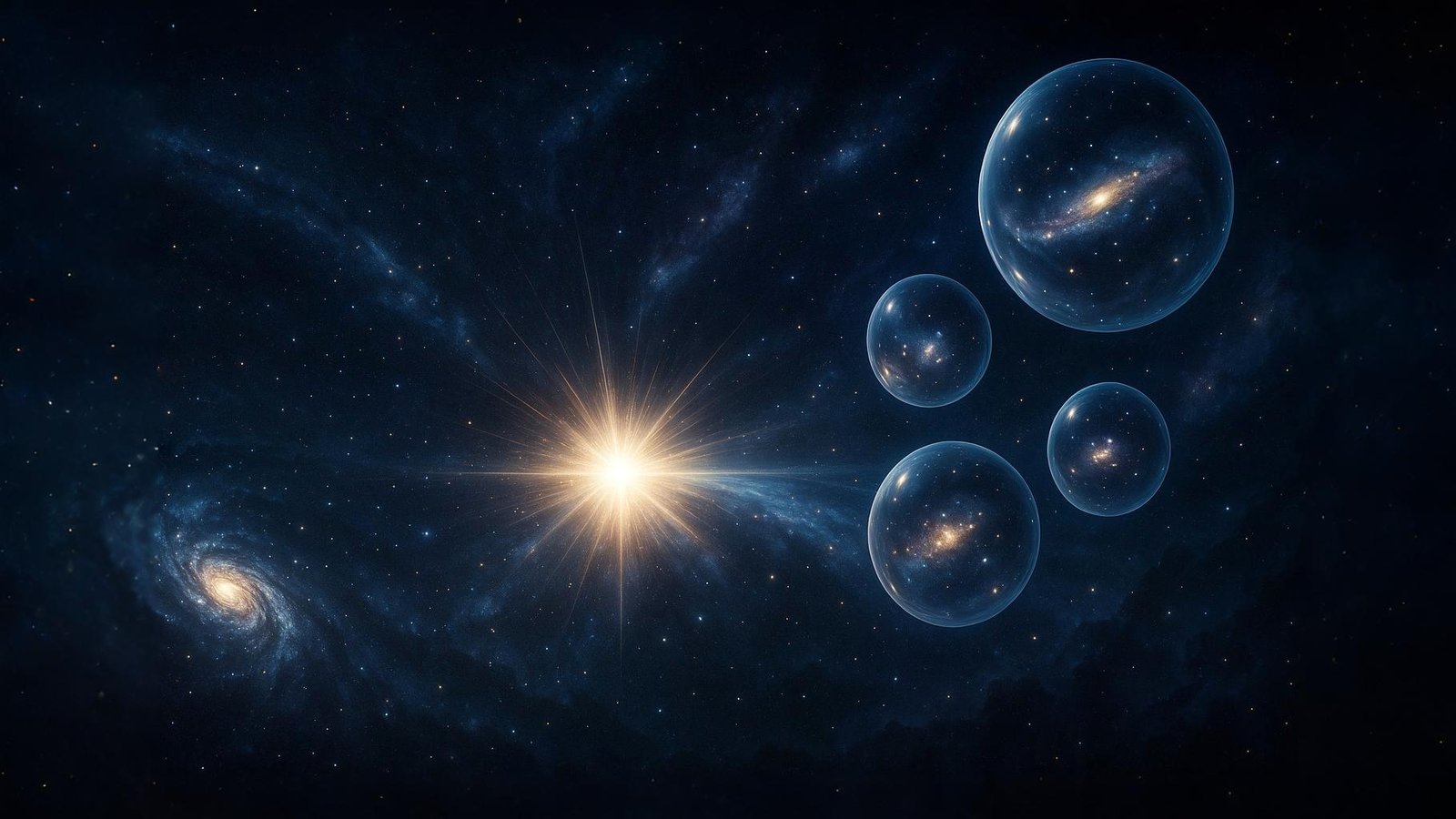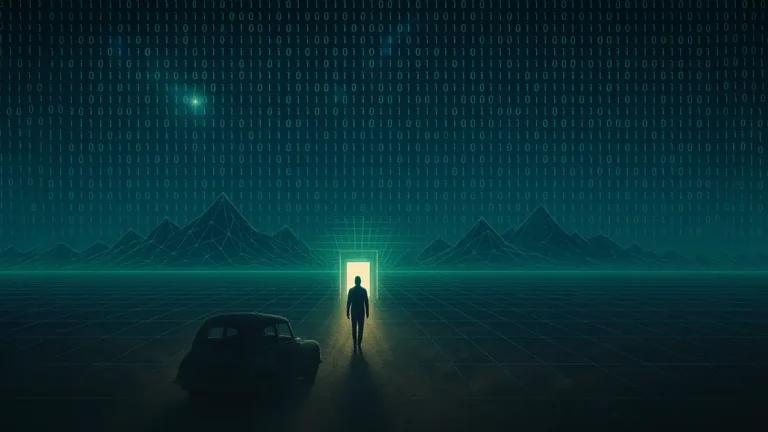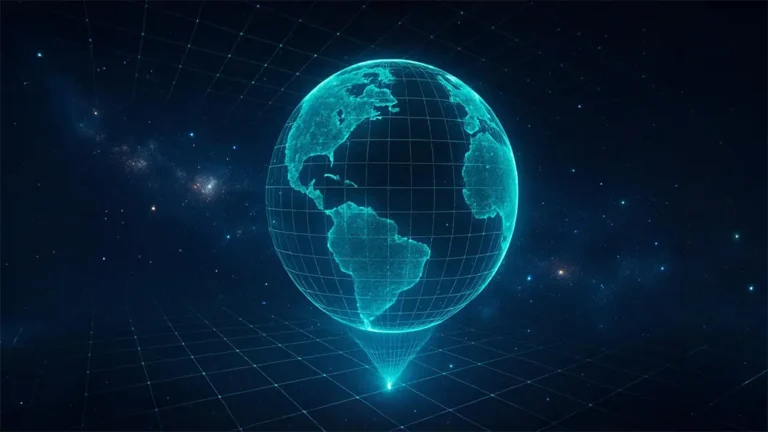How did the universe begin? This is one of the biggest questions in science. People have asked this question for thousands of years. Over time, scientists came up with different ideas. These ideas are called theories. These ideas help explain how everything started.
In this post, we will look at the main theories about the origin of the universe.
What Is the Universe?
Before we talk about how the universe began, let’s first ask: What is the universe?
The universe is everything that exists. It includes space, time, matter, and energy. It has billions of galaxies. Each galaxy has billions of stars. Our own star, the Sun, is just one of the billions of stars in the Milky Way galaxy.
How Did the Universe Begin?
Now that we know what the universe is, we can explore how it all started. Let’s take a look at some of the most well-known theories.
1. The Big Bang Theory
This is the most popular of all theories about the origin of the universe. It says the universe began about 13.8 billion years ago from a single, hot, and dense point.
What happened in the Big Bang?
In the beginning, all matter and energy were packed into one tiny point. This point was very hot and dense. Then, it began to expand very fast. This was the Big Bang.
Over time, the universe cooled down. Tiny particles formed. Later, these particles became stars, galaxies, and planets.
Proof of the Big Bang
Scientists have found strong evidence that supports the Big Bang theory:
- The universe is still expanding – Galaxies are moving away from us. This shows that space is growing.
- Cosmic background radiation – This is a faint glow left from the early universe. It is everywhere in space.
- Elements in the universe – The amounts of hydrogen and helium match what we expect from the Big Bang.
These are just a few pieces of evidence. For more details, check out our post on 6 Convincing Pieces of Evidence for the Big Bang Theory.
The Big Bang Theory explains a lot. That is why most scientists believe it is the best theory we have so far.
2. Steady State Theory
Before the Big Bang became popular, there was another idea. It was called the Steady State Theory.
What does this theory say?
It says the universe has no beginning or end. It has always looked the same. As it expands, new matter forms to keep the universe looking full.
Why it lost support
The discovery of cosmic background radiation in 1965 changed everything. This glow supports the idea of a hot, early universe. The Steady State Theory cannot explain it. Because of this, most scientists now reject it.
Still, it was once a strong theory and helped shape early thinking about the universe.
3. Inflation Theory
The Inflation Theory is not a full theory on its own. It is more like an add-on to the Big Bang Theory.
What does it say?
It says the universe went through a short but very fast expansion. This happened in the first tiny moment after the Big Bang. This expansion was much faster than the speed of light. It lasted for only a tiny fraction of a second. This fast expansion is called inflation.
Why inflation is important
Inflation helps explain a few strange things about the universe:
- Why the universe looks the same in all directions.
- Why it is so flat.
- Why galaxies are spread the way they are.
Inflation fills some gaps in the Big Bang Theory. Many scientists accept it, but it is still being tested.
For a more in-depth explanation of this theory, check out our post on Cosmic Inflation Theory Made Easy.
4. The Oscillating Universe Theory
This is another idea among theories about the origin of the universe. It says the universe goes through cycles.
What are these cycles?
The universe expands. Then, at some point, it stops. It starts to shrink back. Everything gets pulled in again. Then another Big Bang happens, and the universe starts over. This cycle could repeat forever.
What is the idea behind it?
The idea is that gravity may someday stop the expansion. If there is enough matter, gravity could pull everything back.
What is the problem?
Right now, it looks like the universe is not slowing down. It is expanding faster and faster. Because of this, the Oscillating Universe Theory is not as strong today.
Still, it is an interesting idea. It shows how the universe might have no real beginning or end.
5. The Multiverse Theory
Have you ever wondered if our universe is the only one? The Multiverse Theory says maybe not.
What is the multiverse?
It means there could be many universes. Each one might have its own rules and laws. Our universe would be just one bubble in a sea of other bubbles.

Where does this idea come from?
Some versions of the Big Bang and Inflation Theories suggest it. They say that inflation may have happened in different places, at different times. Each new bubble could be a new universe.
Is there any proof?
Not yet. The multiverse is very hard to test. We cannot see these other universes. That makes it a mystery for now.
Still, some scientists take it seriously. They hope to find a way to prove it someday.
6. String Theory and Brane Cosmology
These theories come from physics. They are more complex but very exciting.
What is string theory?
It says that everything in the universe is made of tiny strings. These strings vibrate to create different particles. The theory also says there could be more than three dimensions of space.
What is brane cosmology?
It is based on string theory. It says our universe might be a membrane (or “brane”) floating in a higher space. There could be other branes out there too.
Sometimes, two branes might bump into each other. This crash could create a new universe.
Why is it interesting?
These theories give us new ways to think about how the universe began. They also connect with the idea of the multiverse.
But these are still new ideas. Scientists are still trying to find proof.
7. Quantum Fluctuation Theory
This is a newer idea. It comes from quantum physics.
What does it say?
It says the universe may have come from nothing. But this “nothing” is not truly empty. In quantum physics, tiny particles can pop in and out of existence. This is called a quantum fluctuation.
The idea is that a tiny bit of energy could appear like this. Then, that energy could grow. It could become a whole universe.
Is that possible?
In theory, yes. Some models in physics allow it. But again, it is hard to test. We cannot go back and watch the beginning. So it remains an idea, not a proven fact.
8. Religious and Ancient Views
Long before science, people had their own ideas about how the universe began. These ideas came from religion and myth.
Creation stories
Many cultures have stories of a god or gods creating the universe. For example:
- In Christianity, God created the world in six days.
- In Hindu beliefs, the universe is created, destroyed, and reborn again and again.
- In ancient Egypt, the universe came from a watery chaos.
These stories are not scientific theories. But they show how humans have always wondered about their place in the universe. In a broader sense, they are part of the world’s many theories about the origin of the universe.
Why Do These Theories Matter?
You might wonder—why do we need so many theories about the origin of the universe? Why not just one? Why not just one?
The answer is simple. The universe is complex. We are still learning. Each theory gives us a new way to think. Some ideas may be right. Some may not. But all of them help us ask better questions.
Science is not just about answers. It is also about curiosity.
What Questions Are Still Unanswered?
Even with all these theories, big questions remain:
- What came before the Big Bang?
- Why is there something instead of nothing?
- Will the universe last forever?
We do not have clear answers yet. But science is always moving forward. New tools, like space telescopes and particle labs, help us learn more every day.
Final Thoughts
There are many theories about the origin of the universe. The Big Bang is the most accepted. But other ideas, like the multiverse, quantum creation, or even ancient myths, still interest people today.
We may never know exactly how it all began. But the search for answers brings us closer to understanding the universe.
And that journey is just as exciting as the answers.




